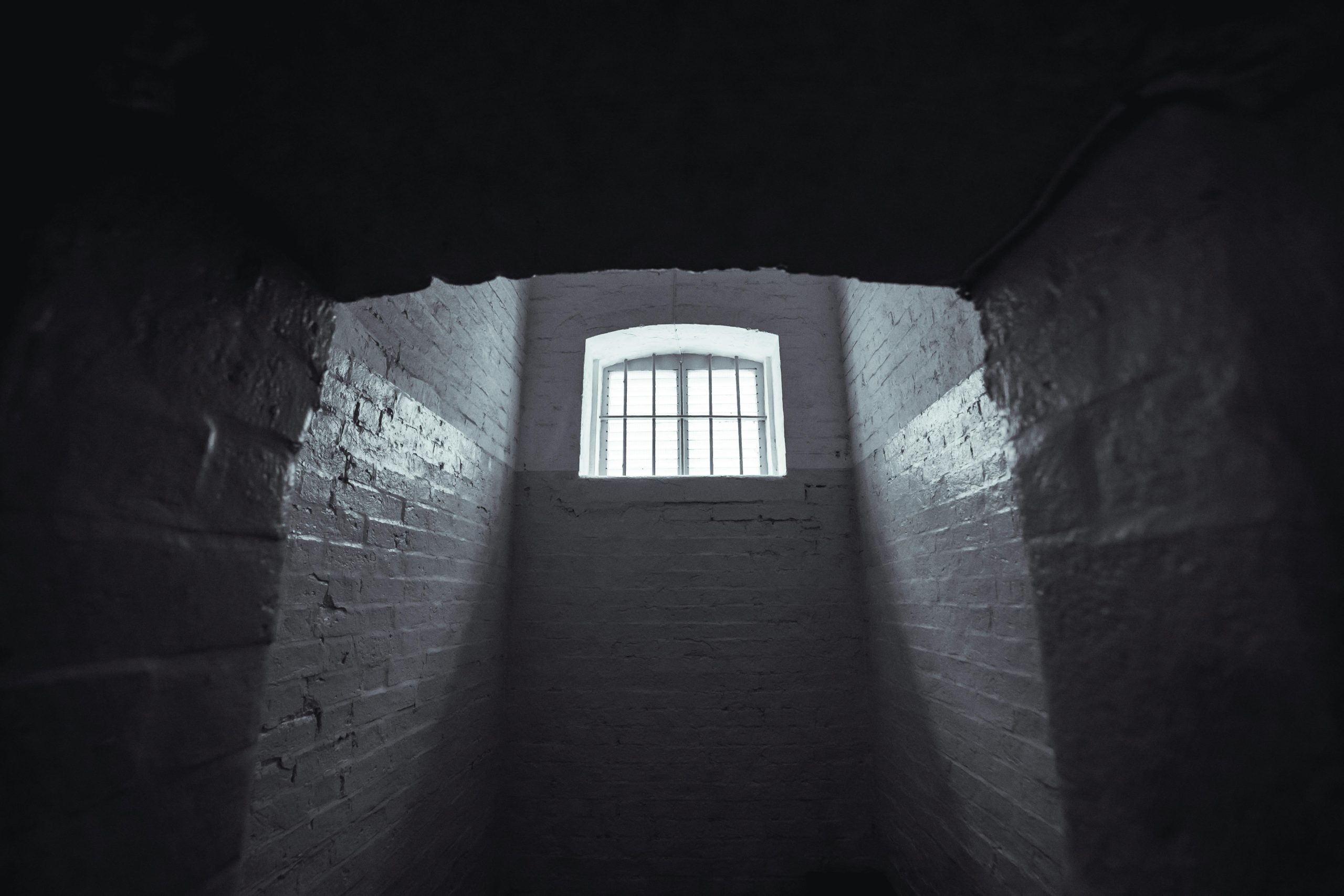In an unprecedented move, correctional officers across New York State have initiated unsanctioned strikes, leading to significant disruptions within the state’s prison system. The protests, which began on February 17, 2025, at Collins Correctional Facility in Erie County and Elmira Correctional Facility in Chemung County, have rapidly expanded to over two dozen facilities statewide.
Origins of the Unrest
The catalyst for these strikes was a violent incident at Collins Correctional Facility, where a recent uprising resulted in injuries to three guards. In response to escalating concerns over unsafe working conditions, mandatory overtime, and potential job cuts, correctional officers commenced unauthorized walkouts. These actions have led to lockdowns, suspension of visitations, and a heightened state of alert within the affected prisons.
Expansion and Impact
By the afternoon of February 17, the strikes had spread beyond Collins and Elmira to include facilities such as Groveland Correctional Facility in Livingston County and the maximum-security Clinton Correctional Facility. The rapid proliferation of protests underscores the widespread dissatisfaction among correctional staff regarding their working conditions and safety.
The New York State Correctional Officers & Police Benevolent Association (NYSCOPBA), representing over 13,000 officers, has stated that it did not sanction these strikes and has urged members to return to work. The Department of Corrections and Community Supervision (DOCCS) has labeled the strikes illegal under the Taylor Law, which prohibits public employees from engaging in work stoppages. Despite potential legal repercussions, many officers remain resolute, citing untenable working conditions as their primary motivation.
Underlying Issues
The unrest among correctional officers is not an isolated phenomenon. The prison system has been grappling with chronic understaffing, leading to mandatory overtime and increased stress among officers. Additionally, recent violent incidents, such as the fatal beating of inmate Robert Brooks at Marcy Correctional Facility in December 2024, have intensified scrutiny of the prison system’s operations and management.
In the wake of Brooks’ death, Governor Kathy Hochul announced a series of reforms aimed at addressing systemic issues within the Department of Corrections and Community Supervision. These measures include a $400 million investment in body and fixed cameras, expansion of the DOCCS special investigations team, establishment of a whistleblower hotline, and new facility monitoring partnerships. Despite these initiatives, many correctional officers feel that their immediate concerns regarding personal safety and working conditions remain unaddressed.
Legal and Political Ramifications
The unauthorized nature of the strikes places participating officers at risk of legal consequences under the Taylor Law, which prohibits strikes by public employees and mandates penalties for such actions. The law aims to ensure the continuous delivery of essential public services, and violations can result in fines and disciplinary actions against the employees involved.
State lawmakers are actively engaging with the situation, with some expressing support for the officers’ grievances. Senator George Borrello has highlighted the hazardous working conditions faced by correctional staff, emphasizing the need for immediate reforms to ensure their safety and well-being.
Path Forward
As the strikes continue to affect prison operations across the state, discussions between Governor Hochul, DOCCS officials, and union representatives are underway to address the escalating unrest. The resolution of this crisis will require a multifaceted approach, balancing the enforcement of legal statutes with the urgent need to improve working conditions and safety protocols within New York’s correctional facilities.
The situation remains fluid, with potential implications for the broader criminal justice system in New York State. Stakeholders and observers alike are closely monitoring developments, recognizing that the outcomes of these events may set significant precedents for labor relations and prison management practices in the future.
(Source : wyrk.com)


